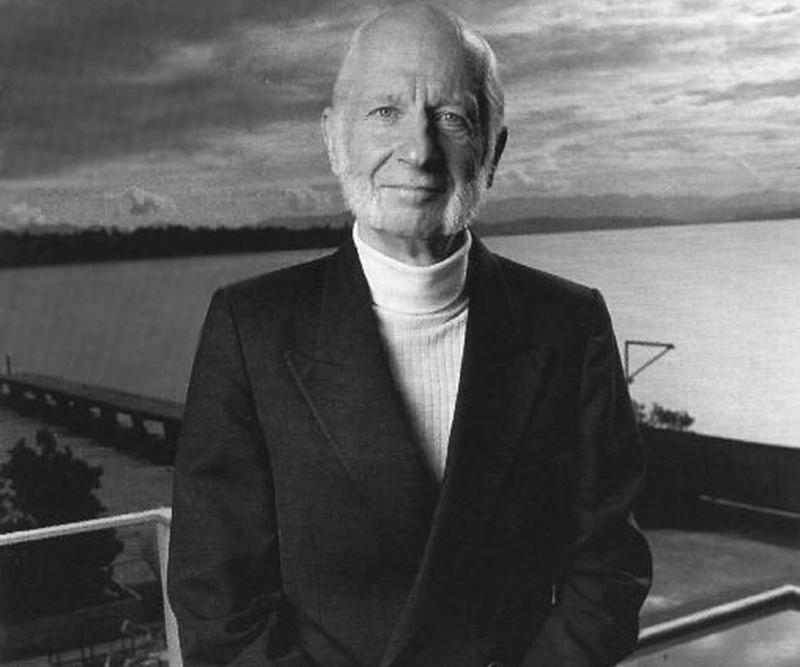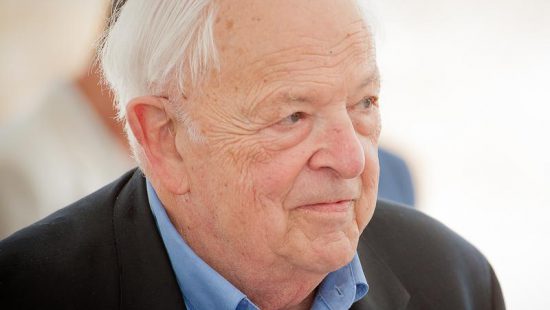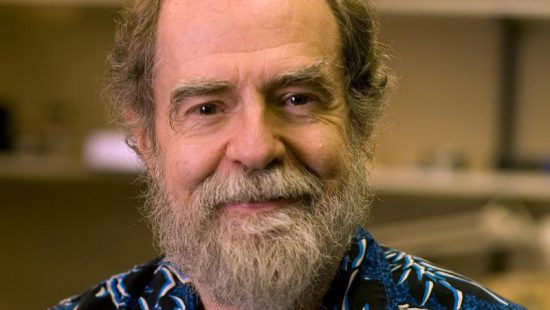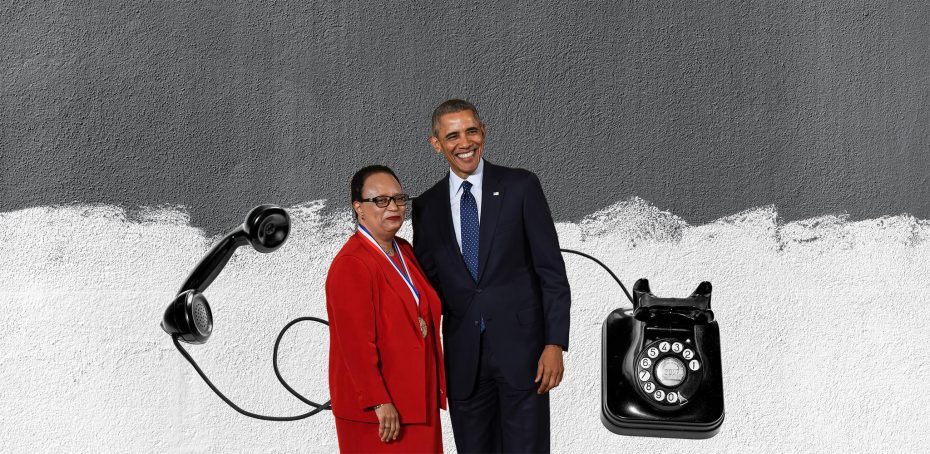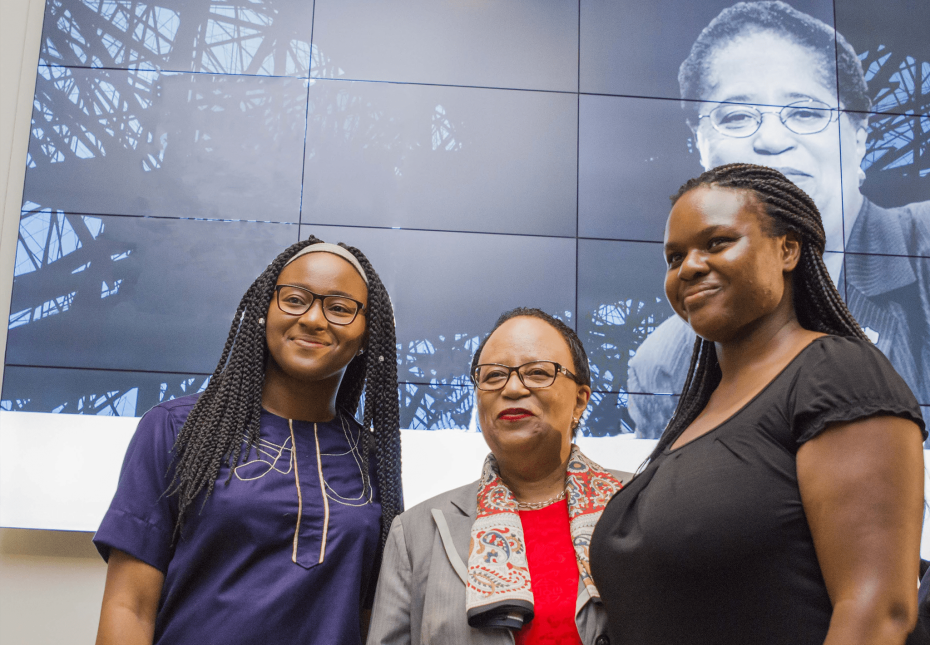Hans G. Dehmelt served in the German army from 1940 until he was captured by U.S. forces during the Battle of the Bulge. Having studied physics during the war under an army technical program, he resumed his studies at the University of Göttingen and graduated with a doctoral degree in physics. Dehmelt emigrated to the U.S. from Germany in 1952, and began teaching physics at the University of Washington.
In 1973, after nearly two decades of effort and experiment, Dehmelt demonstrated a device that imposes an electrical field over a magnetic field to trap electrically charged ions and electrons for indefinite storage. Dehmelt named his invention a Penning trap, inspired by the principles of a vacuum gauge designed by physicist Frans Michel Penning. Dehmelt and his colleagues went on to develop methods for measuring atomic frequencies and individual quantum jumps — the transitions between atomic energy levels — with unprecedented precision.
Dehmelt created the first geonium atom three years later, which he used to measure precise magnetic moments of the electron and positron with R. S. Van Dyck into the 1980s, work that led to receiving a Nobel Prize in physics. In 1979, Dehmelt led the team that took the first photo of a single atom.
By Jen Santisi

